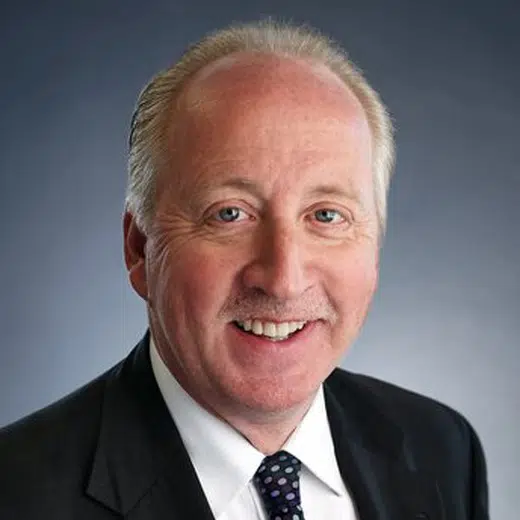(Reuters) – New York City on Wednesday opened an emergency tent shelter to alleviate some of the strain the city has felt recently from the steady stream of migrants who have arrived on buses sent by officials in Texas and other southern U.S. states.
The Humanitarian Emergency Response and Relief Center located on Randall’s Island, east of Manhattan, will be the temporary home for 500 single migrant men who arrived in the city after their long journeys that began in Venezuela and other places south of the U.S. border.
“The history of this country has always been tied to welcoming those who are fleeing harm,” New York City Mayor Eric Adams said in a video on Wednesday about the facility.
“New York City has always been a role model on how to effectively use our infrastructure to address a crisis and make sure we treat people in a humane way and that is what we have done,” he added.
The need for the facility comes as the most populous city in the United States continues to receive buses full of migrants from Texas and other southern states as part of a high profile campaign by governors to put a spotlight on the record crossings at the U.S.-Mexico border.
Two weeks ago, Adams declared a state of emergency in response to the influx, saying the city had received more than 17,000 migrants since April.
Texas Governor Greg Abbott, who is seeking a third term in November’s U.S. midterm, has bused more than 3,000 migrants to New York City while El Paso, which sits across the border from Juarez, Mexico, has bused roughly 7,000 migrants to New York City since late August.
City officials on Tuesday said during a news conference that the facility would consist of a dining area, showers, laundry machines and phones that migrants can use to connect with loved ones.
“We needed a different type of operation that gave us the time and space to welcome people, to provide them a warm meal, a shower, a place to sleep and to understand their medical needs,” Emergency Management Commissioner Zach Iscol said.
(Reporting by Brendan O’Brien in Chicago; editing by Diane Craft)




